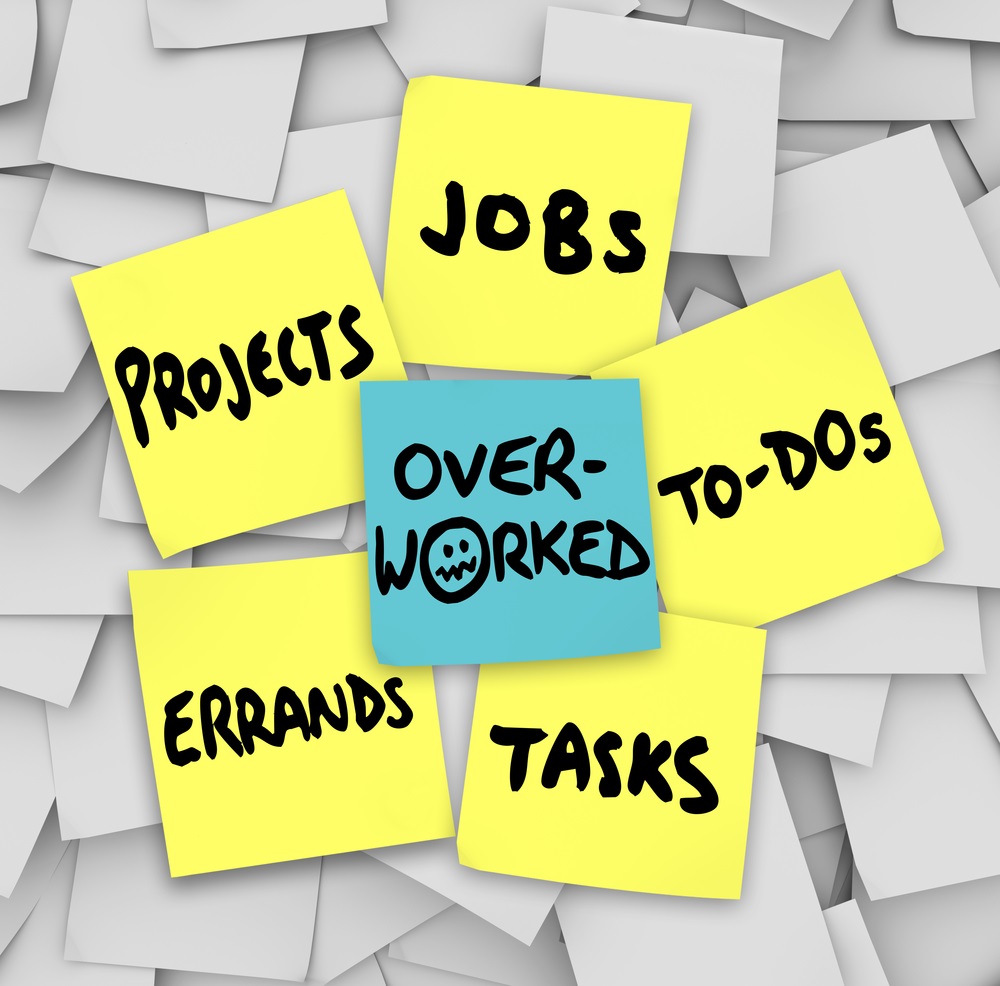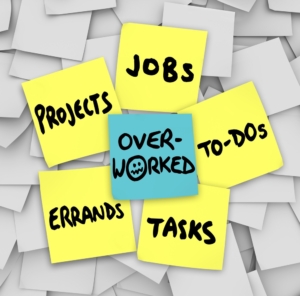In light of recent devastating hurricanes, such as Helene and the imminent arrival of Milton, many businesses are grappling with the aftermath. Some may never reopen. In North Carolina, entire towns have been wiped off the map—an outcome that business owners never imagined. But a business doesn’t need to be hit by a hurricane to face such challenges. Cyber criminals, tornadoes, fires, floods, and even water damage from broken pipes can shut your business down in a matter of minutes. It’s not a matter of if a disaster will strike but when. According to Inventio IT, the average duration of downtown following a ransomware attack is 3 weeks. Can your business be without critical infrastructure for that long? Here’s what you can do to ensure your business is prepared for recovery when disaster hits.
Restoring Physical Facilities – When a disaster such as a flood or earthquake occurs, physical restoration is a priority. A disaster recovery plan should identify the minimum facilities needed to restore operations. This includes office space, essential furniture, and IT equipment. Collaborating with business unit leaders, especially those in charge of mission-critical functions, helps focus on the necessary technology and resources to sustain operations.
Crafting an Effective Business Recovery Plan – An effective recovery plan outlines policies and procedures designed to minimize disruption. Key components include:
- Human Resources: Your employees’ safety comes first. Consider how a disaster might affect their ability to return to work and how customers can access your products or services during downtime.
- Physical Resources: Inspect your facilities and evaluate their vulnerability to disaster. Ensure your recovery plans comply with local building codes.
- Business Community: Even if your business isn’t directly impacted, your suppliers or customers might be. Communicate with your supply chain about disaster preparedness and their recovery plans to mitigate potential disruptions.
Building Protection – If you own the building, incorporate disaster protection measures for both the structure and its contents. Consider the financial impact of closing for a day, a week, or longer.
Backup Records – Regularly back up your data and store it off-site or in the cloud. Ensure that important documents are kept in a safe deposit box and updated regularly.
Critical Business Activities – Identify the essential activities that keep your business running and the resources needed to support them. If shutting down isn’t an option, find an alternative location and equipment.
Developing a Contingency Plan – Prepare a contingency plan in case your current facilities become unusable. This could include renting nearby office space, working from home, or entering a space-sharing agreement with another business. Store backup copies of documents and computer records off-site or in the cloud, and ensure employees know the protocol to preserve safety and minimize property loss.
Protecting Your IT Systems and Data – Protecting your computer system is essential for business continuity. Use offsite data storage services that offer regular backups via high-speed connections. This ensures your data can be easily restored in the event of a disaster.
Ensure Employee and Customer Safety – A robust evacuation plan is vital. It should include routes to shelters, hospitals, and emergency services. Keep emergency contact numbers posted, and maintain up-to-date information on all employees’ medical needs. Performing regular safety checks, such as testing smoke detectors and keeping fire extinguishers charged, is also essential.
Review and Strengthen Insurance Coverage – Your insurance coverage should be adequate to get your business up and running again after a disaster. This includes replacement costs for buildings, contents, and essential facilities. You may need special coverage for computer hardware, software, and data. Additionally, business interruption insurance is critical to cover lost income and other expenses incurred while you restore operations. Working with a professional commercial insurance agent can help you create a disaster management plan tailored to your business.
Here’s a tip from SCORE client Jennifer Megliore who felt the impact of Hurricane Matthew on her art retail business, ArtWare, on Hilton Head Island, S.C. in 2016. “My SCORE mentor encouraged me to have a hurricane plan, being feet away from the water,” said Megliore. “He helped me create a laminated checklist of items and equipment to remove if we had to evacuate. SCORE also encouraged me to set aside contingency money that would help bridge a closure. Insurance can help — but it can take a long time to receive the money to keep going.”
Failing to plan for the unexpected is like planning to fail. Data breeches from cyber criminals to natural disasters—whether hurricanes, floods, or other natural forces can shut a business down in minutes. Having a detailed disaster recovery plan in place can be the difference between a temporary setback and permanent closure. Protect your business today by preparing for tomorrow’s uncertainties.
About the author: Autumn Edmiston is the CEO and owner of the Edmiston Group. The Edmiston Group is a multifaceted Pittsburgh-based marketing consulting firm providing senior-level marketing management services to businesses and non-profit organizations on a short or long-term basis. Core areas of service are business development strategies, website creation and management, social media management, marketing, strategic planning, and public relations. The Edmiston Group has consistently delivered and implemented real-world, proven business marketing ideas and strategies for business.













 Emotions drive most of our decisions, and that includes what we purchase. Think about it – when you attend a trade show the smell of freshly baked cookies or popcorn will draw you into an exhibitor’s booth.
Emotions drive most of our decisions, and that includes what we purchase. Think about it – when you attend a trade show the smell of freshly baked cookies or popcorn will draw you into an exhibitor’s booth.
 Are you busy putting out fires in your business? We all have issues that come up in our daily operations. As a business owner, there is always that constant pressure to improve the bottom line. So where do you draw the line and put processes in place to market your business? If you’re too busy working IN your business, there is not the time to work ON your business.
Are you busy putting out fires in your business? We all have issues that come up in our daily operations. As a business owner, there is always that constant pressure to improve the bottom line. So where do you draw the line and put processes in place to market your business? If you’re too busy working IN your business, there is not the time to work ON your business.
 Businesses are seeing a value in being a thought leader. When done correctly, becoming a thought leader, an individual who drives innovation and new ideas in a given industry, is a valuable path for any professional. But there is a difference between expressing an opinion and always trying to push a sale. Thought leaders are popular, well respected and connected enough to drive real value to their respective businesses.
Businesses are seeing a value in being a thought leader. When done correctly, becoming a thought leader, an individual who drives innovation and new ideas in a given industry, is a valuable path for any professional. But there is a difference between expressing an opinion and always trying to push a sale. Thought leaders are popular, well respected and connected enough to drive real value to their respective businesses.
